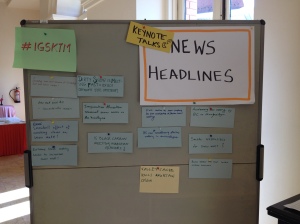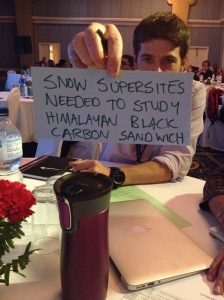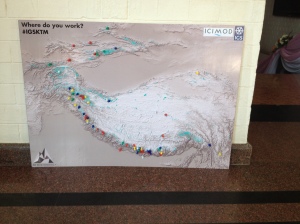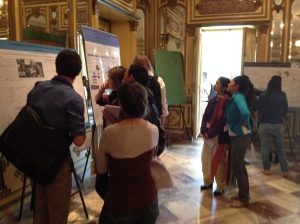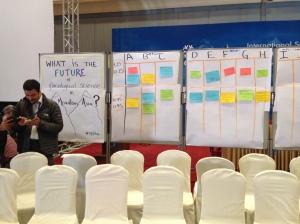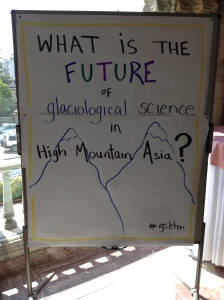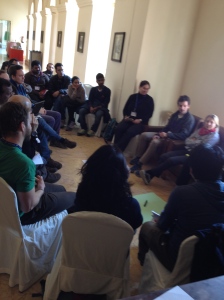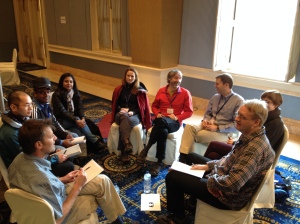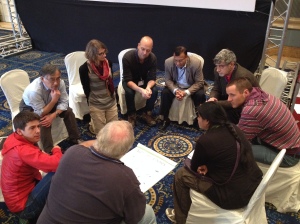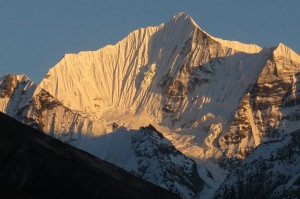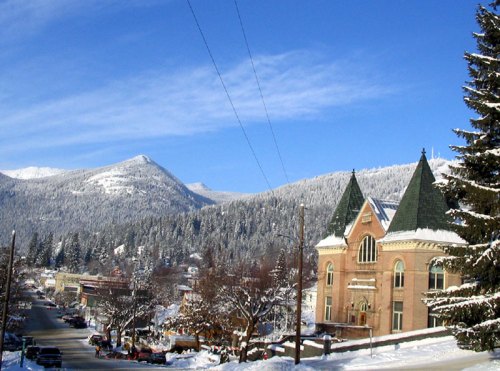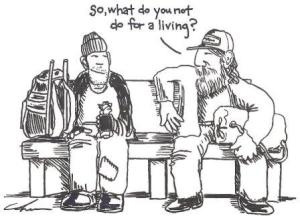I am inspired.
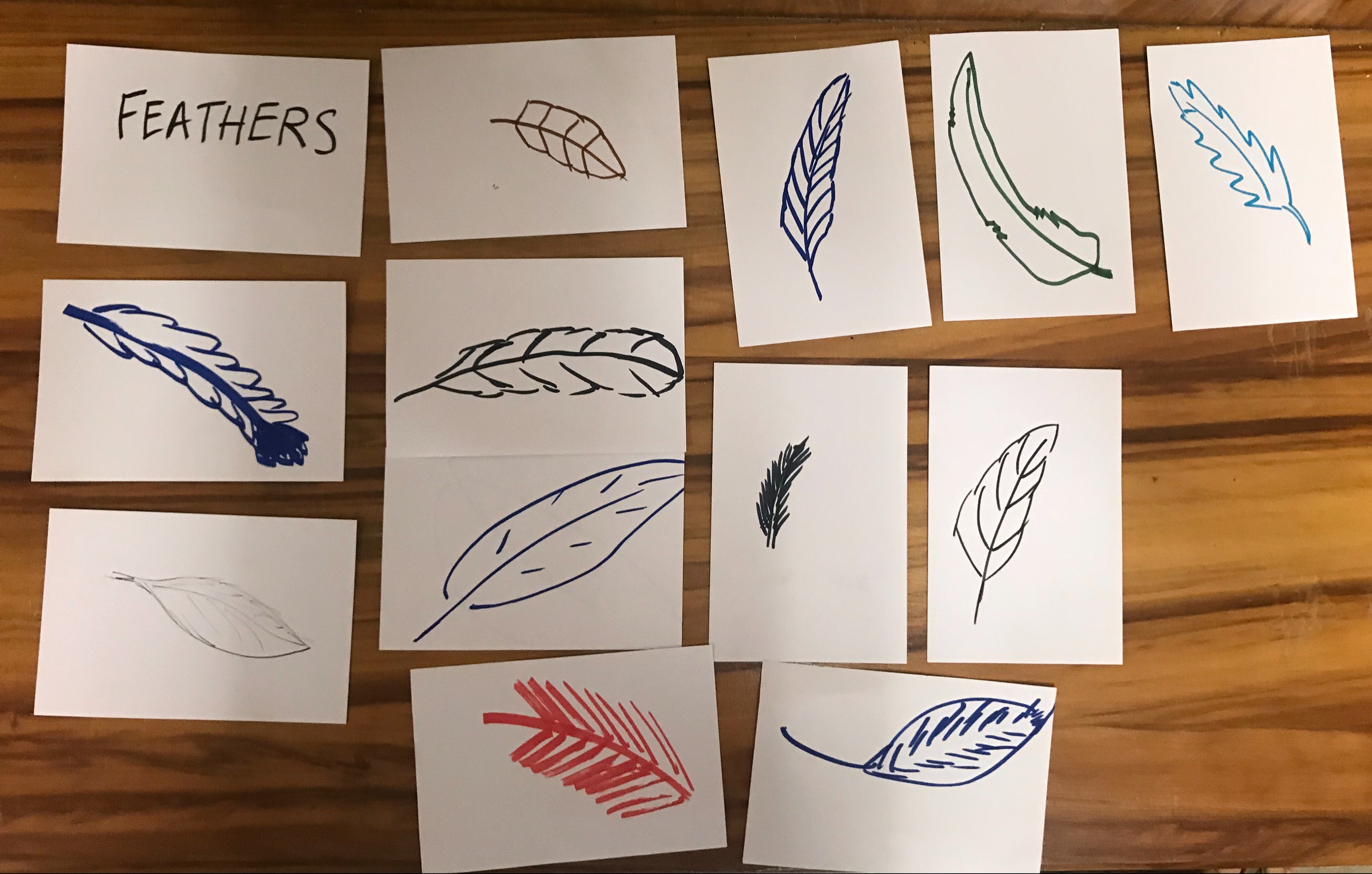
Icon jam with the word feathers
Sometimes a workshop or meeting leaves me feeling better than when I walked in the room and this happened recently at PGviz18 in Prince George.
From the moment I set-up to the time I finished, I knew hosting this workshop was one of my best decisions. It was somewhat doubtful as it happened very last minute and there was a fair bit of chaos leading up to it. However, the combination of space, people and content managed to fall into place and bring about a very interesting two days.
Space
We were fortunate to be offered a venue at the Prince George Native Friendship Center. When I arrived to set up, the parking lot of the building was overflowing, as it was ‘backpack day’. The center puts together and distributes school supplies to about a thousand First Nation’s children before the school year starts. They also provided meals to the families, free hair cuts to the children along with bouncy castles, chalk and other fun kids activities. The place was bustling with activity intended to bring families together and support their educational goals.
In the center of the room we were given for the workshop, there was a large feather drawn on the floor with the words ‘power of friendship’ in an arc around it. This was a fitting place for our circle discussions which focused on facilitation techniques but also deeper societal issues. The walls for the most part were flat and large which is helpful for hanging large format paper we needed to draw on.

The executive director of the center had her office next to our room. We were fortunate to have her welcome the group and offer a prayer to start our workshop. We were also reminded of the people less fortunate than us experiencing evacuations due to the large-scale wild fires ravaging the Province of BC. We said prayers for them too. This was a fitting start as much of what we do as graphic facilitators is try to understand how our tools can be of service to support others in their path.
People
People also make the gathering what it is and this workshop was no different. The participants came from Prince George and northern Alberta though many had originated from Ontario, the Arctic, other parts of BC and Europe. Each had a story of how they ended up where they were today. The roads were often windy, filled with challenges as well as personal triumphs. These stories were impactful; filled with joy despite the use of words such as ‘survivor’ to describe many of the people. The ages ranged from university student to grandmothers. There was turbulence and talk of justice, but also calm.
The group was different than most groups I give the workshop to. A large portion worked in social work and worked with (or were) First Nations, and another handful worked in natural resources, education or administration.
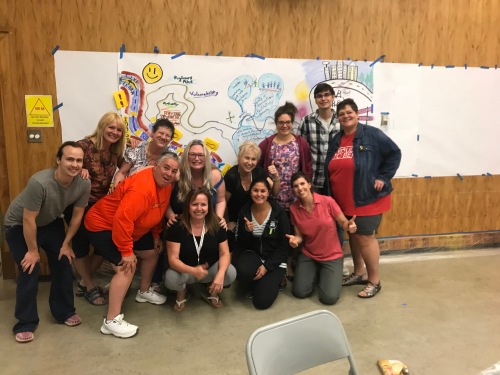
PGviz18
Despite some trepidation to draw on walls at the start, people embraced the ideas, playfulness and let their inner censors go. A lot of beauty was created in the room.
Content
The skills and techniques we talked about were tricks of the trade that I share. However, some of the activities I typically do were turned on their head and gave me a lot to think about. For example, after introducing a very basic visual language, I ask individuals to draw a city using these shapes. A few people struggled conjuring up images of a city. In the end, one woman simply drew her community with trees, water and igloos in the ice. This was a huge reminder to me of the importance of context when working with groups. Whether planning a training, meeting or event, considering the participants, their stories and what resonates for them is critical to making meaning (one of the objectives of graphic facilitation).
Another interesting moment came during an exercise we do called ‘peer assist’. People can bring forward a facilitation challenge and get advice from their peers. At the same time, others can practice live graphic recording. Typical conversations are about getting groups to work together, planning agendas and dealing with conflict. Our two circle discussions focused on what was on people’s minds. The first was on the topic of privilege and unpacking what it means. The second was on power structures with marginalized groups. While not typical workshop circles, I am grateful for the moments I had to listen to these conversations, learning more about real struggles people have lived through (and still deal with) as well as ways to deal with them based on the groups’ experience.
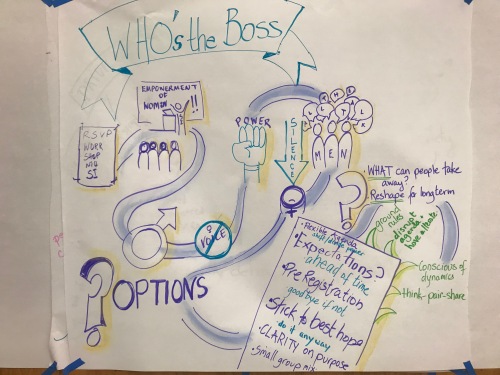
Live recording of a peer assist, by Theresa Healy
Lastly, I typically end the workshop with a visual evaluative tool called River of Life. Funny enough, the group had talked about river of life and done a lot of reflection during our group ‘harvesting’ activities. So rather than doing another evaluative task, one participant led the closing perfectly. She shared feathers she had gathered on her walks (and cleaned for us). Then she broke out hair spray and sparkles so we could all make our own sparkling feathers to take home. As an added bonus, everyone gave me a feather to take home. They are sitting in a glass jar on my desk as a reminder of the inspiring few days we had together as I write this post.
Thank you again to everyone who participated in PGviz18 and for bringing your openness and willingness to play and share in our workshop.

